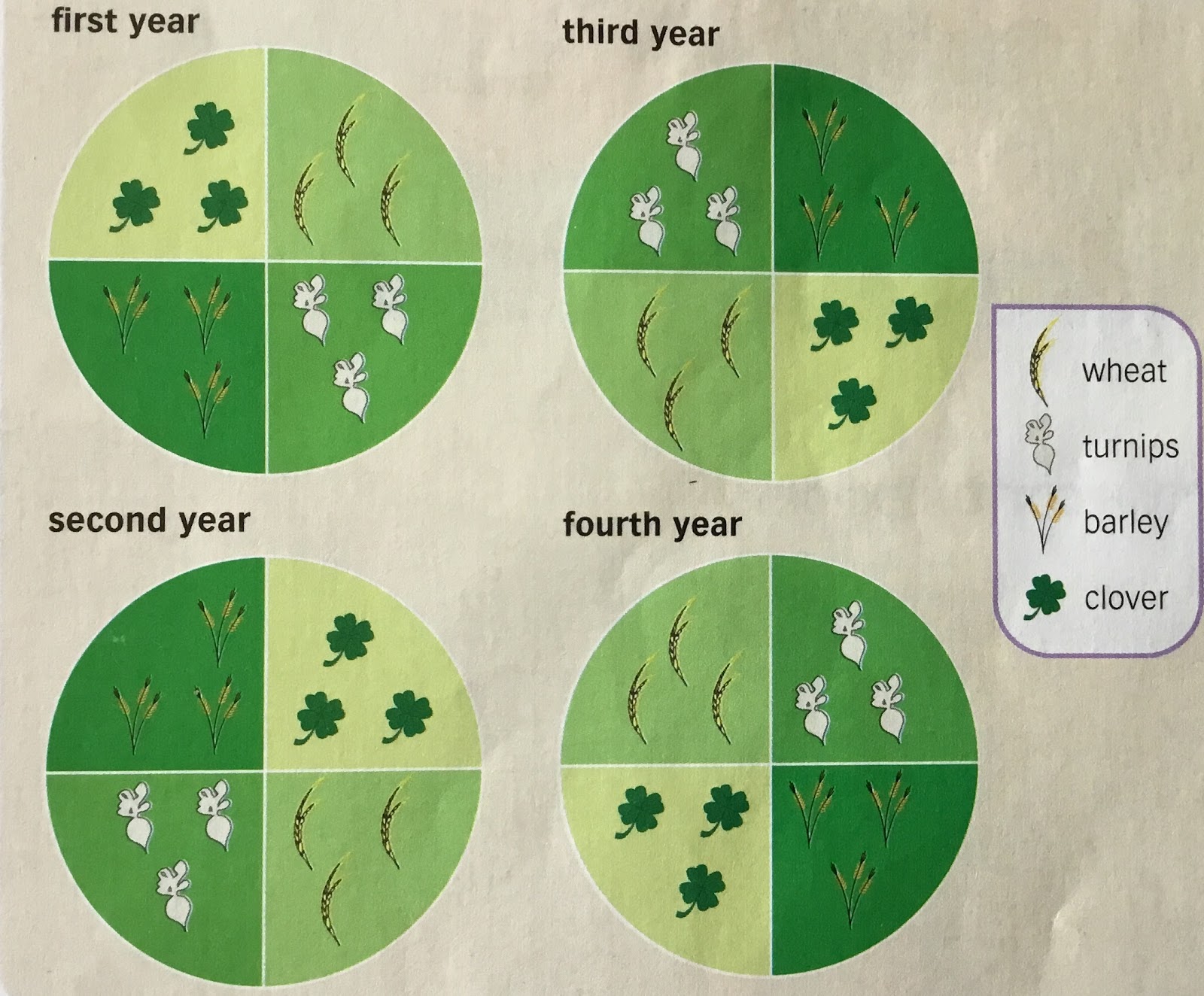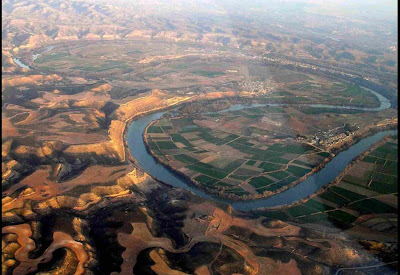28 nov 2019
25 nov 2019
SOLUCIONES ACTIVIDAD 1 Y 2 PÁGINA 56
1- The cotton industry was mainly located in northwest of England, around Manchester and Liverpool. Cotton exports increased substantially between 1820 and 1840, particularly in Latin America, Europe and West Indies.
2- Because large amounts of coal were required in the metallurgy process and to power the machines.
2- Because large amounts of coal were required in the metallurgy process and to power the machines.
24 nov 2019
22 nov 2019
21 nov 2019
FORMAS CURSO DE LOS RÍOS
CURSO ALTO
Cascada
Desfiladero
Desfiladero
CURSO MEDIO
Meandro
Meandro
Meandro
CURSO BAJO
Estuario
Delta
Estuario
Delta
16 nov 2019
PRESENTACIÓN SOBRE EMERITA AUGUSTA
Dentro de la Hispania romana destaca la ciudad de Emerita Augusta, la cual cuenta con todos los elementos propios de una ciudad romana
INDUSTRIAL REVOLUTION: STEAM ENGINE
We are going to do a review activity about the most important machine of the Industrial Revolution, the steam engine.
You have to click in the link you can see below and then you have to read the text. After that, you have to do the test.
https://www.ducksters.com/history/us_1800s/steam_engine_industrial_revolution.php
You have to click in the link you can see below and then you have to read the text. After that, you have to do the test.
https://www.ducksters.com/history/us_1800s/steam_engine_industrial_revolution.php
15 nov 2019
FECHA EXAMEN 2º ESO
Las fechas de los exámenes correspondiente al tema 2: "Roma" serán las siguientes:
2º C ---> 26 noviembre jueves
2º D ---> 21 noviembre martes
2º C ---> 26 noviembre jueves
2º D ---> 21 noviembre martes
THE ORIGINS OF THE INDUSTRIAL REVOLUTION: ACTIVITIES
-What is the Industrial Revolution? Where and when did it begin?
It was a period of profound economic and social changes in Britain i the 18th century. It was caused by the use of machinery.
- What were the reasons to decrease the death rate?
The reasons to decrease the death rate were better nutrition, use of soap, drink clean water and the use of vaccine. For all of these reasons, the epidemics were less than other times.
- What was the Norfolk System?
The Norfolk System was a new farming technique in which the land was divided into four fields and the land received the nutrients from the plants like clover.
-What was the new mentality in the 18 th century in Britain?
The new mentality was that the British bourgeoisie was more open to investment,business risk and so on.
12 nov 2019
CAMBIOS EN LA AGRICULTURA: LA REVOLUCIÓN INDUSTRIAL
La agricultura era la actividad principal en el Antiguo Régimen y era una agricultura de subsistencia con bajos rendimientos y donde se aplicaba la rotación trienal (trigo, leguminosas, barbecho) y las tierras estaban en manos de la nobleza y el clero.
Con la Revolución Agraria, pasamos a una nueva forma de trabajar la agricultura por la utilización de nuevas herramientas y por la aplicación del conocido como "Sistema Norfolk" (maíz, nabo, cebada, trébol). Todo ello bajo el control de una burguesía rural.

Con la Revolución Agraria, pasamos a una nueva forma de trabajar la agricultura por la utilización de nuevas herramientas y por la aplicación del conocido como "Sistema Norfolk" (maíz, nabo, cebada, trébol). Todo ello bajo el control de una burguesía rural.
TRANSFORMACIONES EN EL PAISAJE AGRARIO
En Gran Bretaña, como en otros países europeos, durante el siglo XVIII se produjeron una serie de transformaciones muy importantes dentro de la actividad agraria que propiciaron la industrialización
Transformación del campo
Sembradora mecánica (XVIII)
11 nov 2019
SOLUTIONS ACTIVITIES PAGE 25. (4º ESO)
Here, you can see the solutions to the activities on page 25 and you can check them:
2- The measures introduced were: allowing Spanish ports to develop free trade with the colonies in America; new land was farmed and areas were repopulated; the privileges of the Mesta were reduced; new royal factories were created.
3- Te Economic Societies of Friends of the Country were private associations of enlightened thinkers. They spread Enlightebment thought by meeting discuss new ideas and they spread these ideas founding schools to train artisans and farmers.
- Manuel Godoy was a minister of Carlos IV. During his government most reforms were stopped and the censorship was introduced to preven revolutionary ideas.
- Carlos IV was worried because the Enlightenment ideas could lead to revolution similar to France in Spain.
- The Battle of Trafalgar was in 1805. In this battle British navy destroyed the Spanish and French fleet.
2- The measures introduced were: allowing Spanish ports to develop free trade with the colonies in America; new land was farmed and areas were repopulated; the privileges of the Mesta were reduced; new royal factories were created.
3- Te Economic Societies of Friends of the Country were private associations of enlightened thinkers. They spread Enlightebment thought by meeting discuss new ideas and they spread these ideas founding schools to train artisans and farmers.
- Manuel Godoy was a minister of Carlos IV. During his government most reforms were stopped and the censorship was introduced to preven revolutionary ideas.
- Carlos IV was worried because the Enlightenment ideas could lead to revolution similar to France in Spain.
- The Battle of Trafalgar was in 1805. In this battle British navy destroyed the Spanish and French fleet.
10 nov 2019
SOLUCIÓN ACTIVIDADES PÁGINA 43. (1º ESO)
Aquí podéis ver las soluciones a las actividades propuestas de la página 43 del libro y así podéis corregirlas:
INTERPRETA LAS IMÁGENES:
En la imagen del Torcal de Antequera, el agente modificador del relieve principal es el agua de la lluvia que erosiona la caliza y da lugar a esas formas de relieve. Además, también influye la temperatura con sus diferencias entre los meses del invierno y del verano.
En la imagen del Gran Cañón del Colorado, el agente modificador del relieve principal es el agua del curso del río, el cual erosiona a su paso y excava el cañon. Además, también influye la temperatura con sus contrastes entre los días y las noches.
CLAVES PARA ESTUDIAR:
INTERPRETA LAS IMÁGENES:
En la imagen del Torcal de Antequera, el agente modificador del relieve principal es el agua de la lluvia que erosiona la caliza y da lugar a esas formas de relieve. Además, también influye la temperatura con sus diferencias entre los meses del invierno y del verano.
En la imagen del Gran Cañón del Colorado, el agente modificador del relieve principal es el agua del curso del río, el cual erosiona a su paso y excava el cañon. Además, también influye la temperatura con sus contrastes entre los días y las noches.
CLAVES PARA ESTUDIAR:
- El relieve se modifica mediante la acción de factores externos, la temperatura, el agua, el viento y los seres vivos. Esto se produce en tres fases que son: erosión, transporte y sedimentación.
- Los agentes modificadores del relieve son cuatro: la temperatura: los cambios de temperatura bruscos, rompen las rocas; el viento: transporta los materiales que desgastan las rocas contra las que chocan; el agua: disuelve las rocas, como con la caliza y forma cuevas y paisajes singulares y esto puede producirse por la lluvia, por un río o por la mar; los seres vivos: que rompen las rocas, excavan la tierra, etc. El más agresivo es el ser humano cuando crea embalses, túneles, etc.
- Sí, un proceso erosivo puede ser iniciado por un agente y ser continuado por otro o incluso pueden afectar dos o más a la vez.
6 nov 2019
5 nov 2019
DATE FOR ENLIGHTENMENT PROJECTS
4 nov 2019
FECHA DE EXAMEN 1º ESO
El examen correspondiente al tema 2 " El relieve terrestre" será los siguientes días:
1º B: Miércoles 13 de noviembre
1º D: Jueves 14 de noviembre
Suscribirse a:
Entradas (Atom)

























